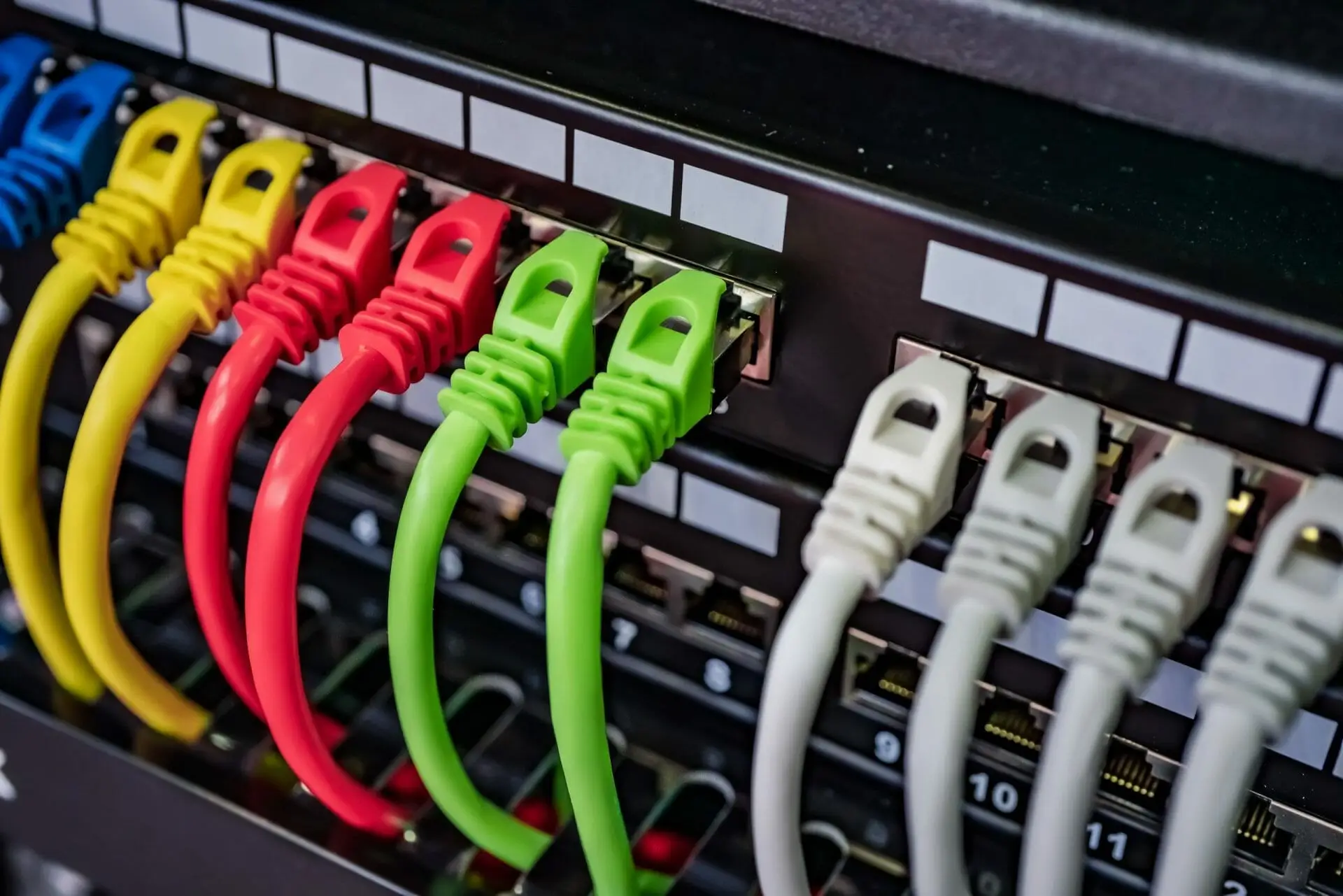Are you still using your legacy phone system? Many businesses today are. We spend our days communicating with clients, suppliers, customers and investors over email, using online chat, and on the telephone. While in 2018 less than 50% of Americans had a landline phone at home, instead preferring to be wireless, using their smartphones for communication, most small businesses are still reliant on old fashioned, outdated and often costly legacy phone systems.
These outdated systems can mean that you are missing important calls, facing static on the line, and other issues that really should be behind us as we move into 2020. You might need constant IT support and face costly downtime. Productivity might be lower than you’d like it to be, and the reality is that using a legacy phone system could be hurting your business more than you’d like to imagine.
But, chances are, unless you work in the telecommunication industry, words like SIP trunks, hosted seats, VoIP and SIP channels might mean absolutely nothing.
What is a SIP Trunk Line?
SIP stands for Session Initiation Protocol. This has become the standard technology used by the telecommunications industry to make a call on the data network. A session might mean a one to one call between two different people, or a conference call, between many different lines.
In layman’s terms, the SIP trunk is the virtual version of the cables and wires used to form the trunk of an old fashioned analog phone line. Instead of physical cables, we now have a virtual trunk, provided by a SIP trunk provider, to connect your phone system to the network.
What is the Difference Between SIP Trucks and Hosted Seats?
SIP trunks and hosted seats both allow you to use the internet to make and receive calls. The final product is the same. But, they do it in a slightly different way. Hosted seats or hosted PBX (public branch exchange) is a cloud-based system, controlled by a third-party provider.
SIP is also a cloud-based system, but one that lets you use your existing on-premises equipment. If you love your legacy phone system, but want the advantages of cloud systems, SIP is the right choice for your business.
What are the Advantages of SIP Trunks for Your Business?
Cost and Productivity
SIP trunks are considerably cheaper than traditional phone lines. Many businesses are able to save up to 50% on their standard service. But, without having to give up a legacy system that they are used to and find easy to use. You’ll also save money on IT support, as there is less risk of downtime and problems, and your business will be able to run more productively. A cloud-based service like this also gives your business access to benefits like Follow Me, Voicemail to Email, Artificial Intelligent Auto attendants and many more, which could increase office efficiency and boost customer relationships.
Flexibility and Scalability
Another key benefit of SIP trunking is that it offers you flexibility and scalability. If your business grows suddenly, or your hard work finally starts to pay off, and you see an increase in profits, which ultimately also means a boost to communication, you’ll be able to adjust your SIP trunks to suit your needs. Then decrease it again if ever you need to. Likewise, if you move to new premises, it’s easy to move your existing telecommunications structure with you, without downtime or confusion.
This kind of quick and easy scalability can be especially useful for retail businesses at this time of year. Christmas and other periods might see a sudden surge in customers. This can be hard to cope with, and often leads to a decline in the quality of service on offer, especially over the phone. Calls might be diverted, people might not be able to get through, and a sudden surge might mean that call quality in a legacy phone system might be lower than expected. SIP trunks can easily be adjusted to meet these surges, reducing risks to quality.
Protection
Many businesses also find that SIP trunking offers them greater security and protection from fraud as calls are monitored for unusual activity. You can also put a cap in place, with means if you hit a daily limit, your trunks will be immediately disabled, preventing hackers from gaining access to your systems and phone lines. Then, in the unlikely event of anything going wrong, SIP can also be part of your disaster recovery plan, automatically diverting calls to another number or line, allowing you to carry on without disruption.


